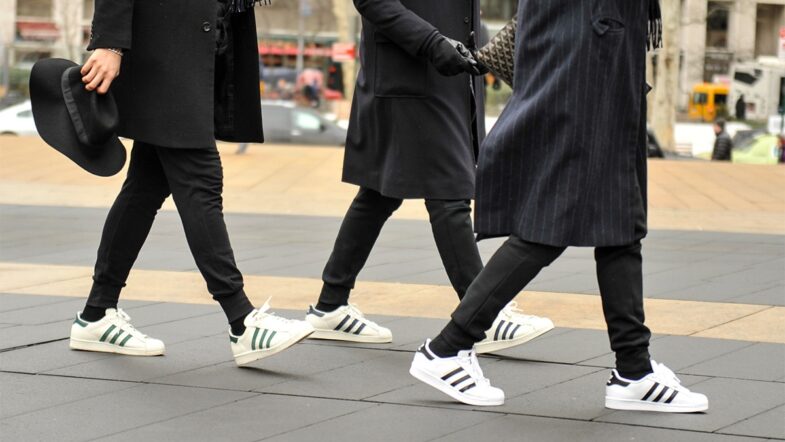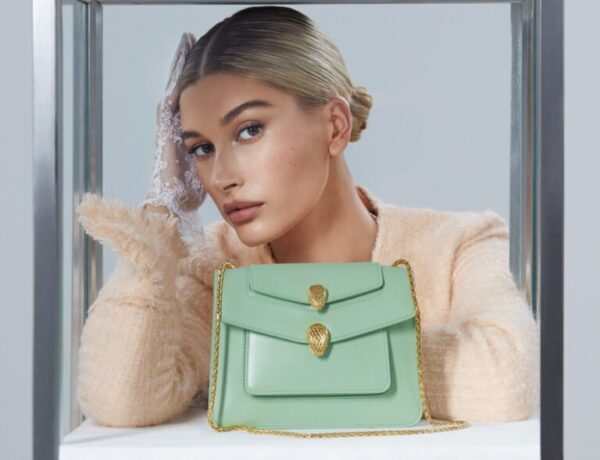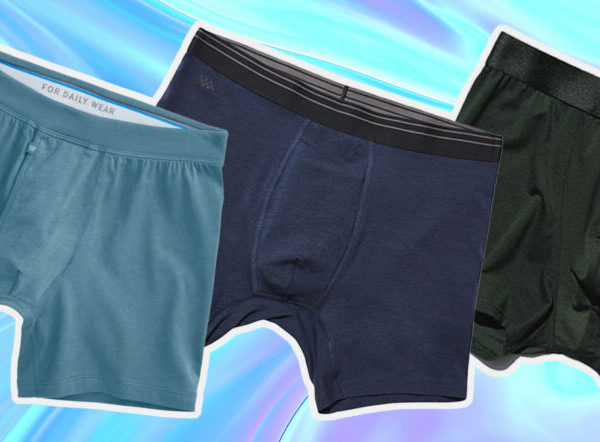Streetwear has become a ubiquitous part of modern fashion, influencing not only clothing but also music, art, and culture. But where did it all start? In this article, we will explore the history of streetwear and how it evolved from a subculture to a mainstream trend.
The Origins of Streetwear
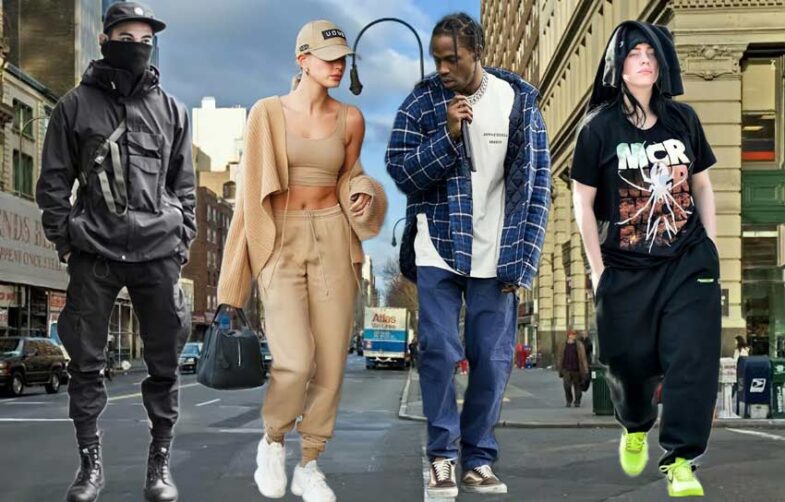
Source: shilpaahuja.com
Streetwear, the fashion style that has now become a global phenomenon, has its roots in the punk and skateboarding subcultures of the 1970s. These subcultures were characterized by a rejection of mainstream fashion and a DIY ethos, as young people created their clothing and style.
Punk and Skateboarding Subcultures
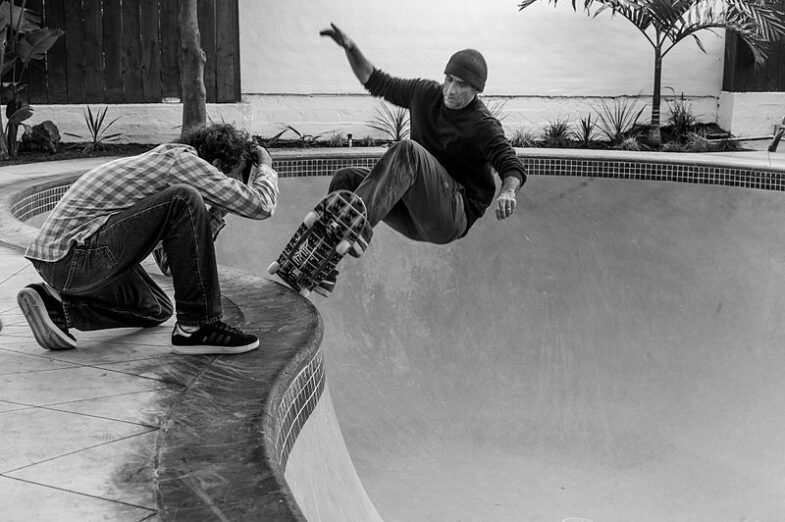
Source: haenfler.sites.grinnell.edu
Punk rock, a musical genre that emerged in the mid-1970s in the United States and the United Kingdom, was characterized by a raw, aggressive sound and a DIY ethos. Punks rejected the fashion of the mainstream, instead opting for unconventional clothing and hairstyles. Safety pins, leather jackets, and ripped jeans were common elements of punk fashion, and the movement became a symbol of rebellion and non-conformity.
At the same time, skateboarding was also gaining popularity, particularly on the west coast of the United States. Skateboarders created their clothing and style, favoring comfortable and functional clothing that could withstand the rigors of the sport. Brands like Vans and Converse became synonymous with skateboarding culture, and their shoes became a staple of the skateboarder’s wardrobe.
The Emergence of Streetwear
The punk and skateboarding subcultures provided the foundation for streetwear, a new style that emerged in the 1980s. Streetwear was characterized by its casual, comfortable clothing that blended elements of punk and skateboarding fashion. Brands like Stussy and A Bathing Ape emerged as leaders in the streetwear scene, creating limited-edition items that became highly sought after by collectors.
The Rise of Hip-Hop and Streetwear
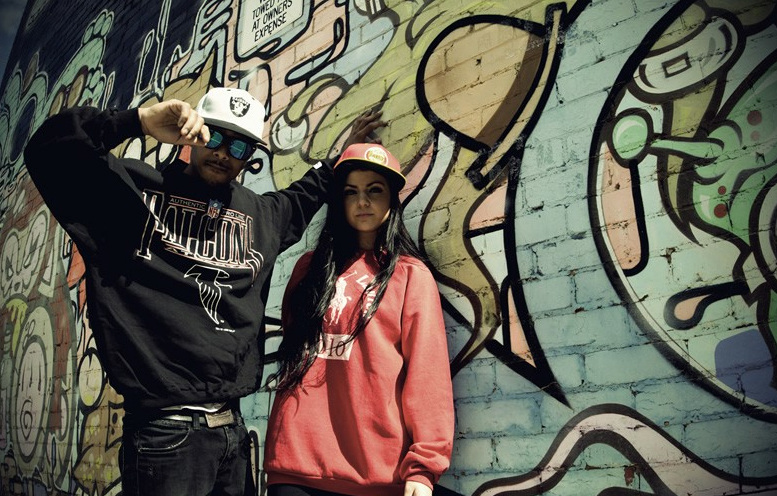
Source: urban-streetwear.weebly.com
The rise of hip-hop in the 1980s had a significant impact on its development. As the genre grew in popularity, its artists began to influence fashion and culture, and urban wear became an important part of hip-hop’s image.
Hip-Hop Fashion
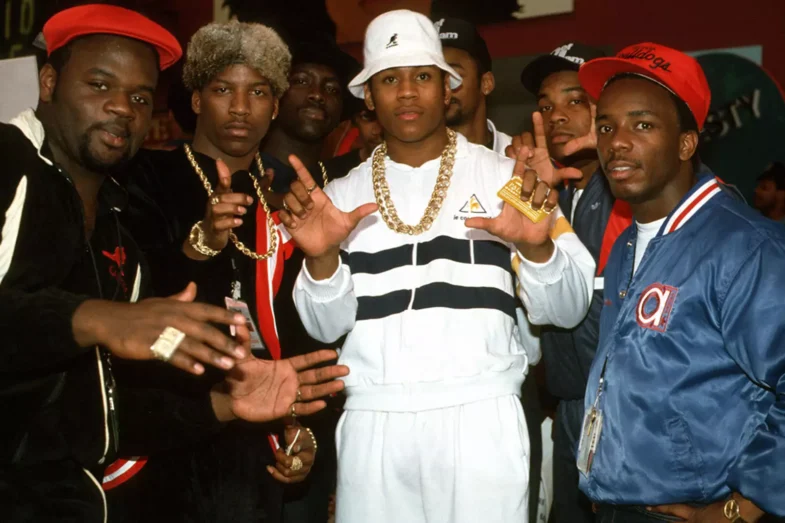
Source: highsnobiety.com
Hip-hop fashion of the 1980s was characterized by oversized clothing, sneakers, and accessories like bucket hats and gold chains. Rappers like Run-DMC and LL Cool J became fashion icons, and their styles influenced a generation of young people.
Brands like Adidas and Nike capitalized on this trend, creating collaborations with rappers and sponsoring hip-hop events. The Nike Air Force 1, which was first released in 1982, became a favorite among hip-hop artists and fans alike.
Streetwear and Hip-Hop Culture
As hip-hop culture continued to grow, so did its influence. Brands like Fila and Champion became popular among hip-hop artists, and labels like Stussy and Supreme began to incorporate hip-hop elements into their collections.
The close relationship between hip-hop and culture is exemplified by the popularity of sneakers, which have become a staple of both scenes. Sneaker collaborations between brands and hip-hop artists have become highly sought after by collectors, and the market for rare and limited-edition sneakers has become a multi-billion-dollar industry.
The Golden Age of Streetwear
The 1990s marked the golden age, as the style became increasingly popular and evolved into a symbol of exclusivity and coolness. This period was marked by the emergence of new brands, limited-edition items, and collaborations with high-profile celebrities.
The emergence of New Streetwear Brands
During the 1990s, several new brands emerged that helped to define the style. One of the most prominent of these was Stussy, which was founded in 1980 but reached new heights of popularity in the 1990s. Stussy’s signature logo, a stylized scrawl of the founder’s surname, became a ubiquitous symbol of this scene.
Other influential brands of the time included Fuct, X-Large, and Supreme. Supreme, which was founded in New York City in 1994, became one of the most influential streetwear fashion brands of all time. The brand’s limited-edition drops, collaborations with high-profile artists and designers, and celebrity endorsements helped to cement its status as a leader in the streetwear scene.
Limited-Edition Items and Collaborations
One of the defining characteristics of the golden age was the prevalence of limited-edition items. Brands like Supreme and Stussy would release new collections of clothing and accessories in limited quantities, often selling out within minutes. This created a sense of exclusivity and rarity that helped to drive demand.
The 1990s also saw an increase in collaborations between brands and high-profile celebrities. Rappers like Wu-Tang Clan, Jay-Z, and Nas all collaborated with brands to create clothing lines that became highly sought after by fans.
The Mainstreaming of Streetwear
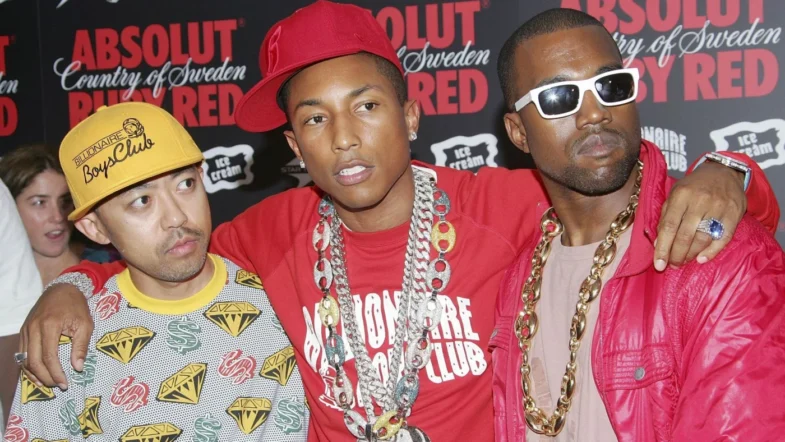
Source: complex.com
In the 2000s, streetwear began to move from a subculture to a mainstream trend. Luxury brands like Louis Vuitton and Gucci began to incorporate elements into their collections, and collaborations between these brands and high-end designers became common. It also became popular in Asia, with Japanese brands like A Bathing Ape and Visvim gaining a cult following.
The Future of Streetwear
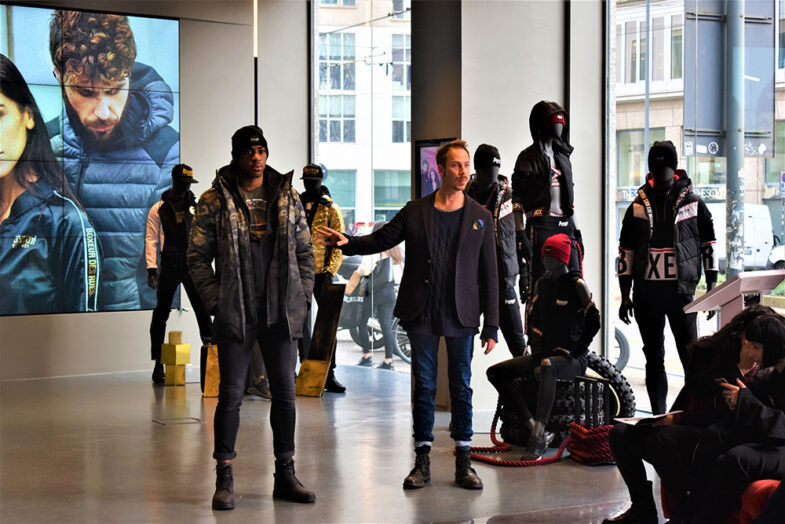
Source: blog.smarteventi.it
The future is shaped by ongoing innovations and a greater focus on sustainability. These brands are looking to incorporate new technologies and materials into their collections, while also becoming more environmentally conscious.
Incorporating New Technologies
As technology continues to evolve, these brands are looking for ways to incorporate it into their collections. This has led to collaborations between streetwear brands and tech companies, as well as the use of new materials like performance fabrics and 3D printing.
One example of this is Nike’s Flyknit technology, which uses a knitting process to create lightweight, breathable sneakers. The technology has been incorporated into several of Nike’s streetwear-inspired collections, including the popular Air Max line.
Sustainability and Ethical Production
Another focus of the future of streetwear is sustainability and ethical production. As consumers become more aware of the environmental impact of fast fashion, streetwear brands are working to reduce their carbon footprint and promote ethical production practices.
Brands like Patagonia and Adidas are using recycled materials in their clothing and footwear, while others are turning to eco-friendly materials like hemp and bamboo. Streetwear brands are also looking to reduce waste by producing limited-edition collections and using on-demand manufacturing to create items only when they are ordered.
Online Communities and Social Media
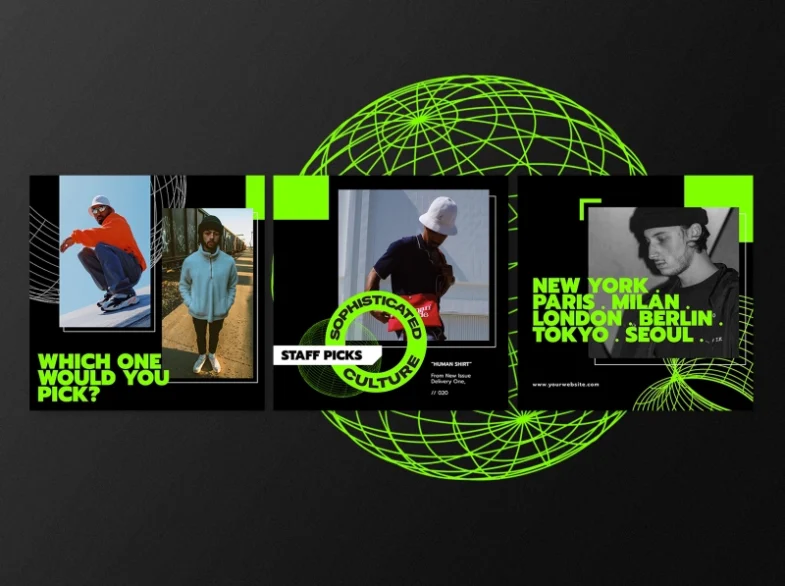
Source: pninews.in
The future o is also influenced by online communities and social media. These brands are leveraging platforms like Instagram and TikTok to connect with fans and promote their collections. This has led to a greater emphasis on creating visually striking pieces that will stand out on social media.
Conclusion
From its origins in punk and skateboarding subcultures to its current status as a mainstream trend, history is a fascinating journey. As fashion and culture continue to evolve, it is clear that streetwear will continue to be a major influence, shaping the way we dress and express ourselves.

